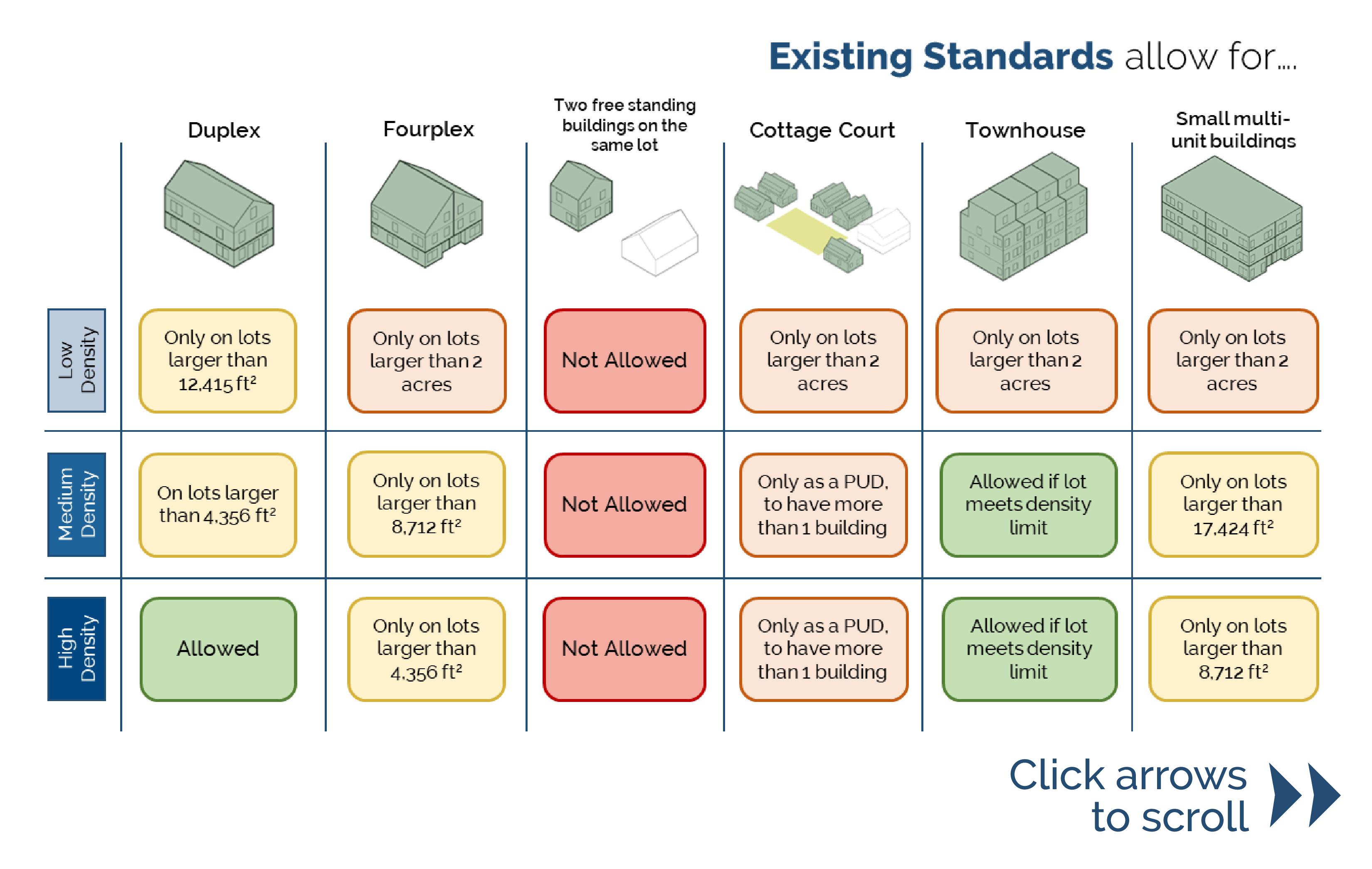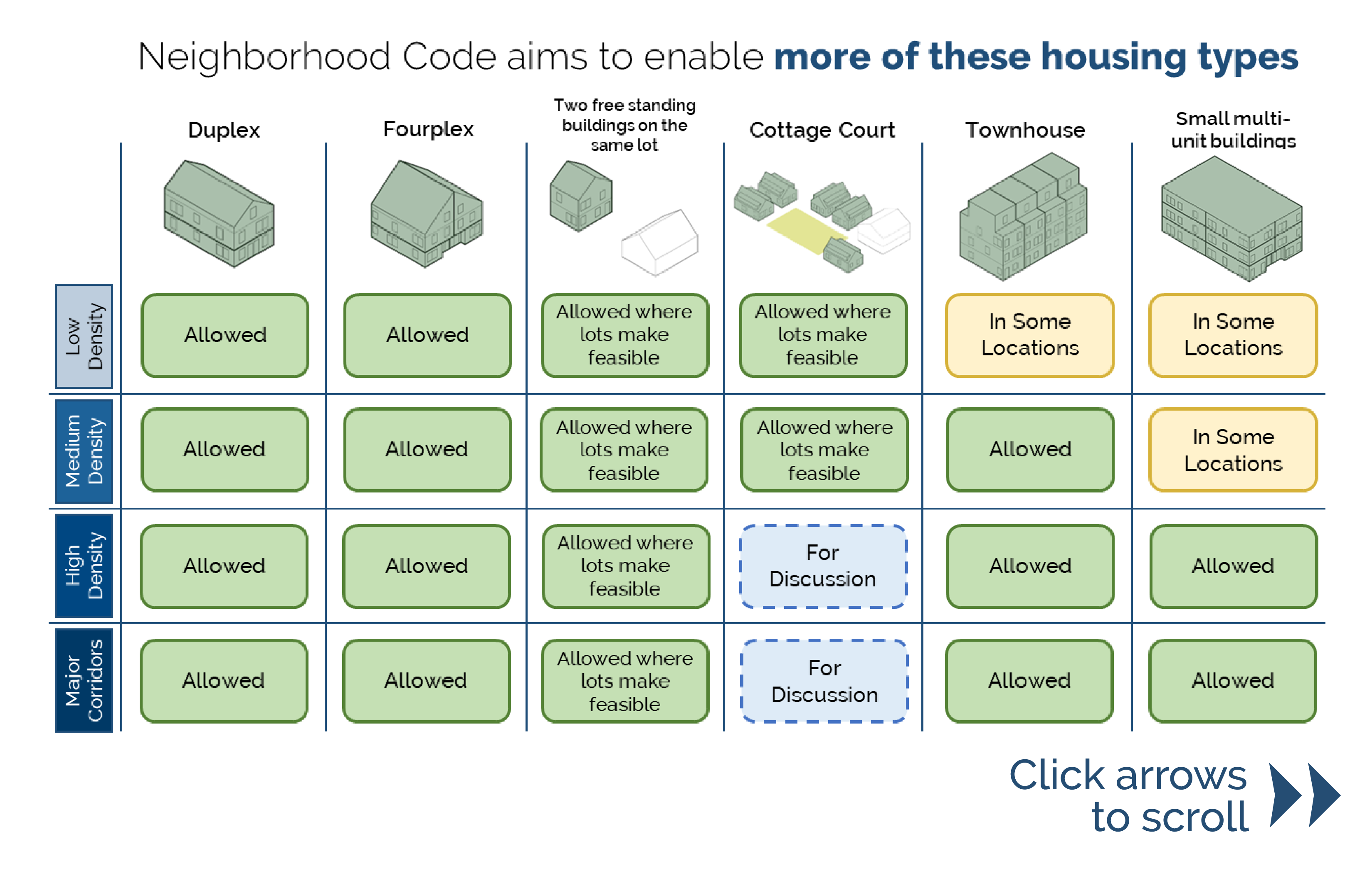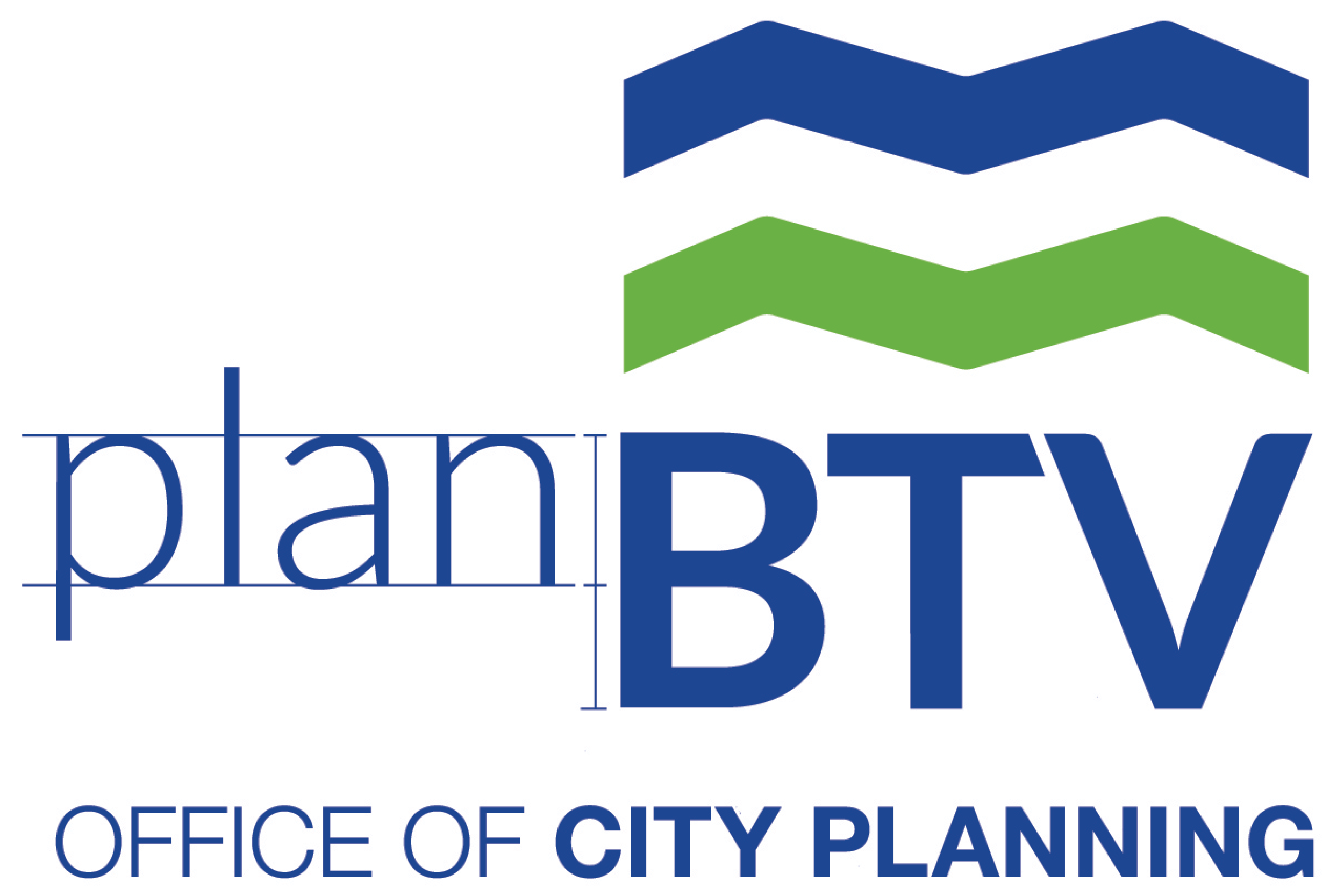Want to learn more about the Neighborhood Code? More information about the proposed amendment is available online, including in-depth responses to frequenly asked questions and a video series outlining the proposal.
Burlington’s neighborhoods are the soul of our community.
In Burlington, we have strong connections to our neighborhoods' unique patterns and architectural features, their link to the city’s history and sense of place, and the people that live in them. At the same time, our neighborhoods have an important role in addressing the city’s chronic and emerging housing challenges, meeting the needs of current and future households, and making tangible efforts to address the climate emergency. In fact, planBTV recognizes the opportunity for neighborhoods to evolve in incremental ways in order to meet the needs of current and future generations.
What is BTV Neighborhood Code?
BTV Neighborhood Code is all about how we build on the strength of the city's neighborhoods, evaluate the zoning tools that regulate new homes in these areas today, and identify opportunities for new neighborhood-scale housing citywide. In particular, this project will:
- Implement planBTV and 2021 Housing Action Plan goals for residential area
- Incrementally evolve neighborhoods to meet changing needs of households & community
- Increase housing opportunities through neighborhood-scale solutions
- Requires less land per home, better utilize existing infrastructure
- More housing type choice, potential socioeconomic integration within existing neighborhoods
- Opportunities for multigenerational housing and aging in place
- Expand tax base, share tax burden across more households
- Comply with Vermont HOME Act of 2023, which introduced new statewide zoning requirements for duplex, triplex, 4-unit buildings
The Code aims to enable more of these housing types
Neighborhood-scale housing refers to certain housing types such as duplexes, fourplexes, and cottage courts that are not currently able to be built in Burlington’s residential areas due to zoning regulations. The Neighborhood Code is about how these housing types can fit alongside existing buildings within these residential areas.
BTV Neighborhood Code is one piece of the housing puzzle.
The Office of City Planning has compiled the Neighborhood Code Report & Analysis, which presents research and analysis about how the city's neighborhoods and zoning policies have changed development patterns over time, as well as more information about current barriers to allowing more and different types of homes within existing neighborhoods.
Read the "BTV Neighborhood Code: Neighborhood Character Analysis & Report" here
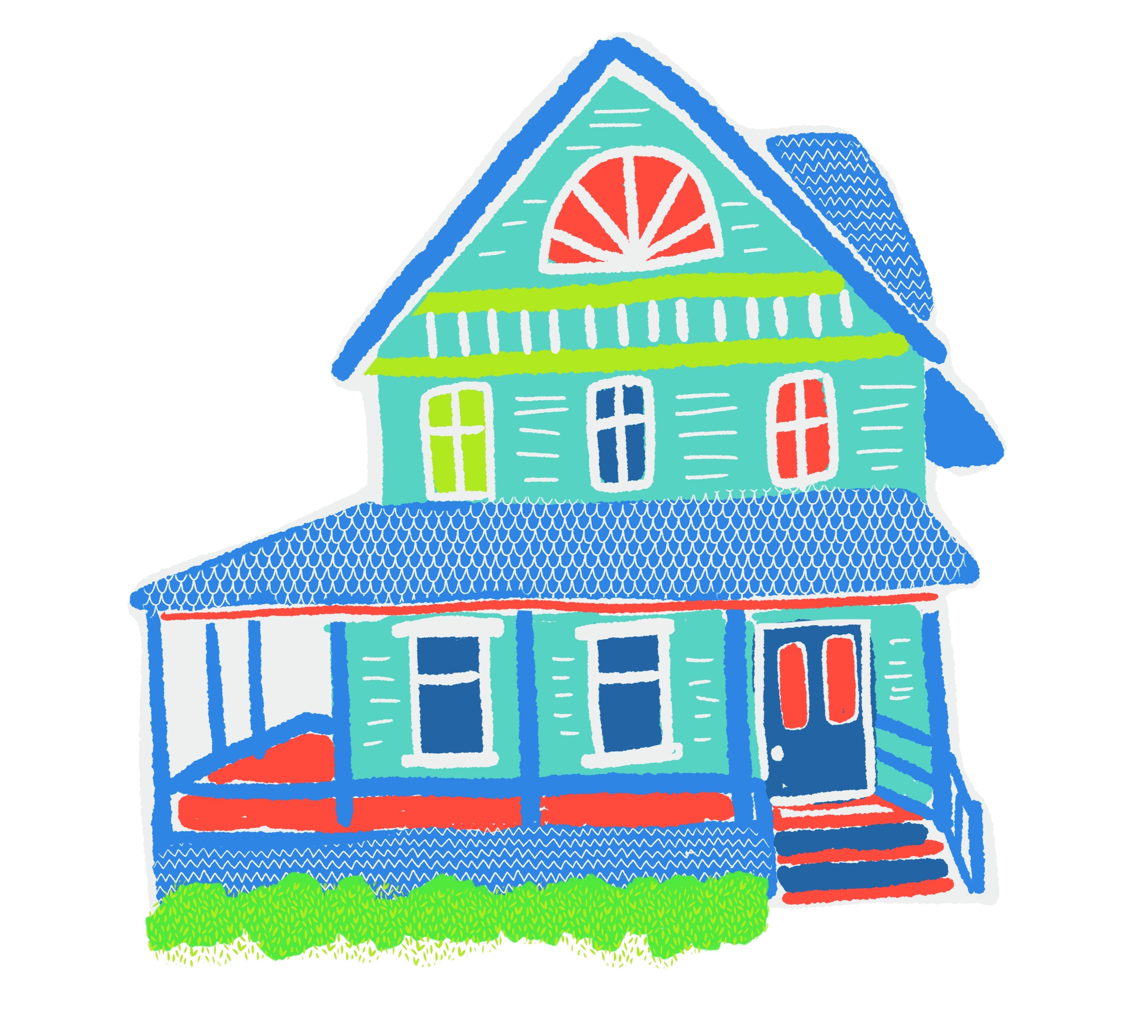
Want to stay informed about Part 2 of the Neighborhood Code?
You can sign up for email updates using the online form below:
- Neighborhood Code Informational Flyer, October 2023
- Opticos Design + AARP Vermont Missing Middle Housing Study
- "The Missing Middle" by 99% Invisible: In this podcast, 99% Invisible explores what Missing Middle Housing is, when zoning laws began to outlaw multi-unit tenement buildings, and the steps that cities like Toronto and Portland, OR, are taking to re-legalize these building types.
- "Enabling Better Places: A Zoning Guide for Vermont Neighborhoods": This report, published in August 2020 as a collaborative effort between the Congress for the New Urbanism and the State of Vermont's Agency of Commerce & Community Development, acts as a how-to manual and promotes practical, small steps for how Vermont's cities, towns, and villages can address the regulatory barriers that limit housing options across the state.
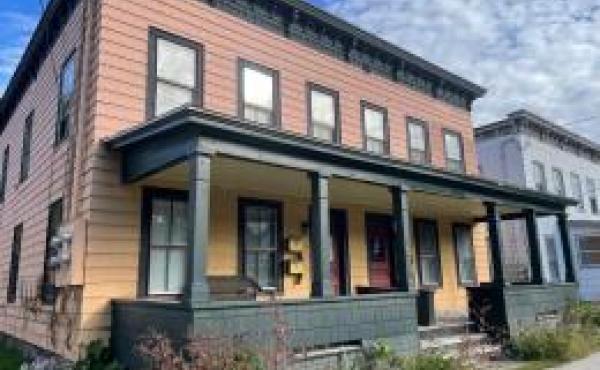
Joint Committee Process & Other Feedback Opportunities
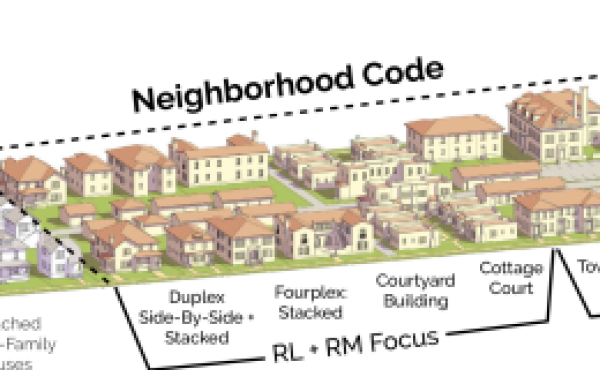
Neighborhood Code Proposed Changes
Read an overview of the proposed standards & where those changes should apply.
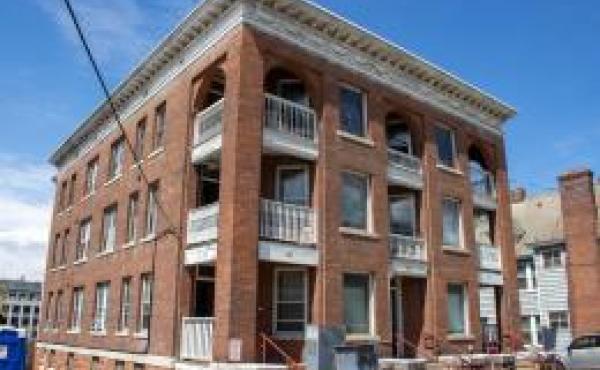
More Information about the Neighborhood Code
Watch the video series about the proposal and read in-depth responses to frequently asked questions
BTV Neighborhood Code is supported by a Bylaw Modernization Grant from the VT Dept of Housing & Community Development, and in collaboration with and in-kind support from AARP-Vermont's Livable Communities program.

